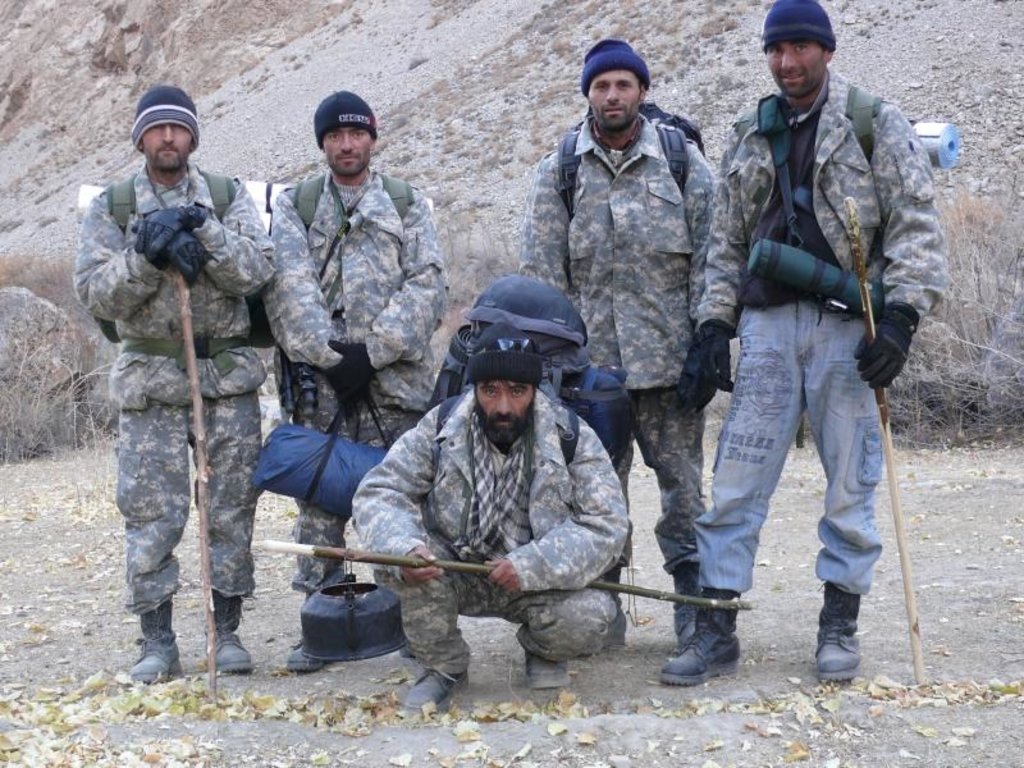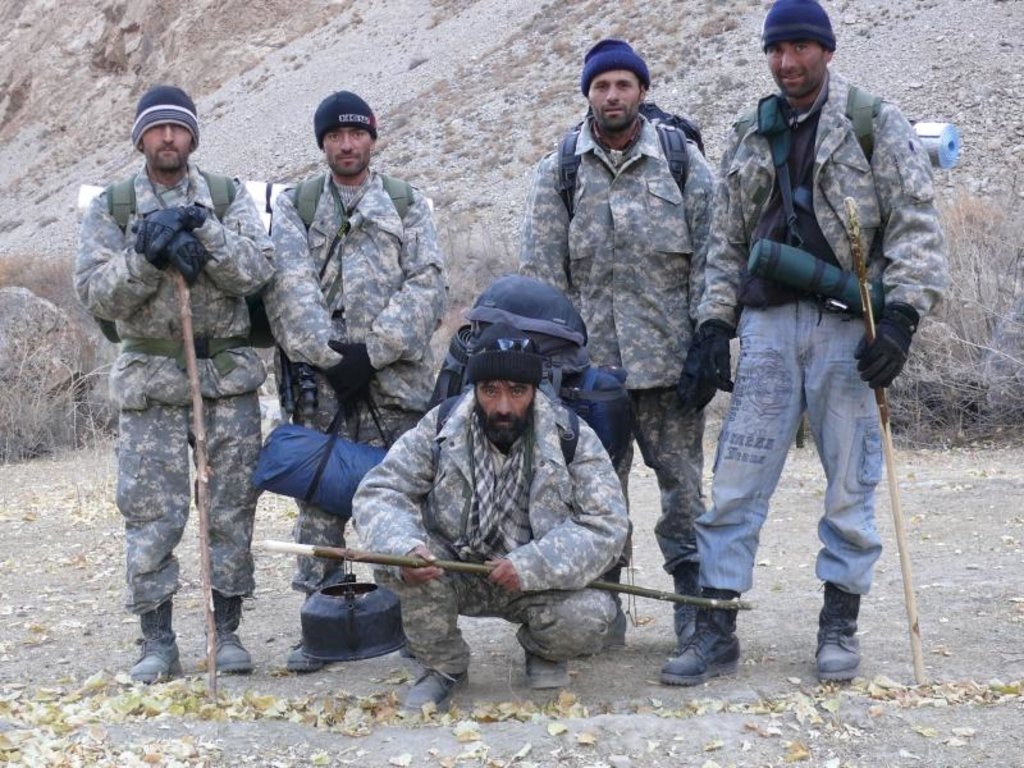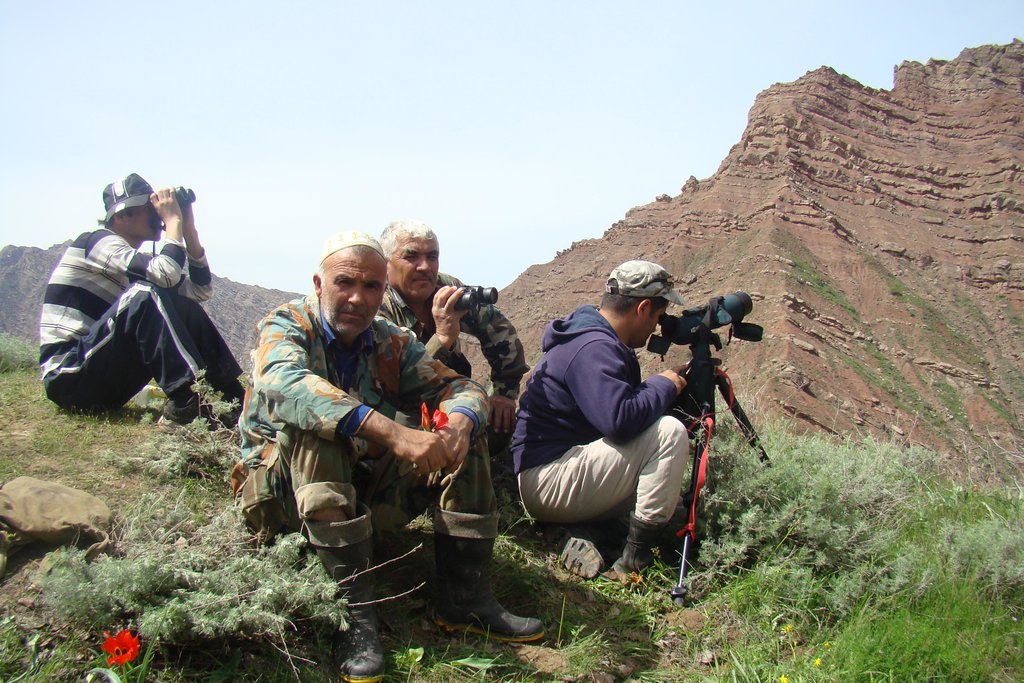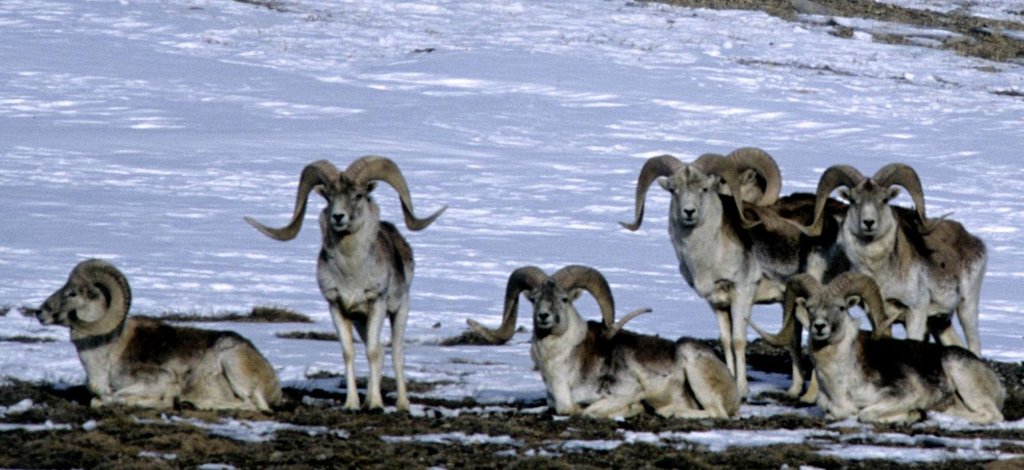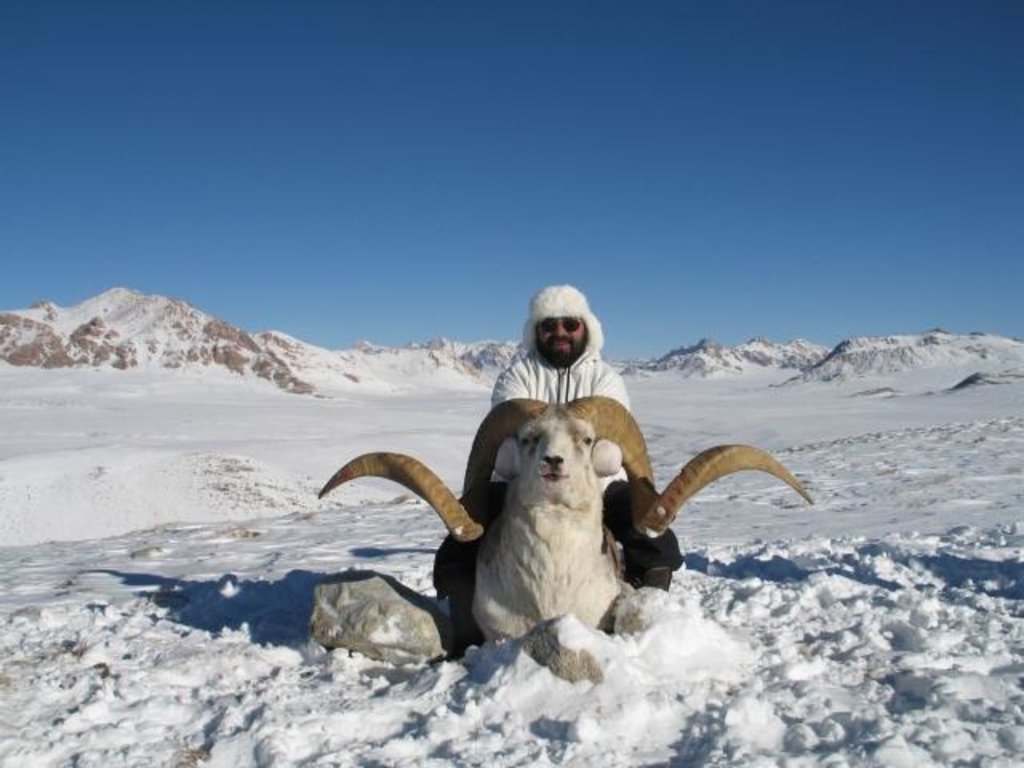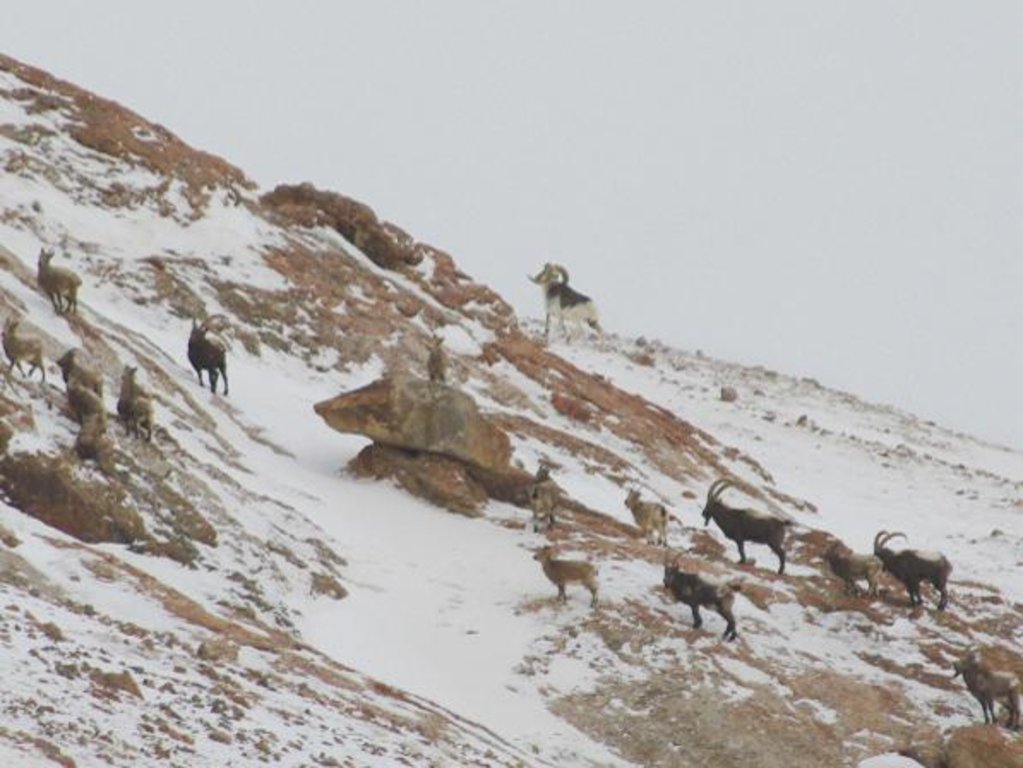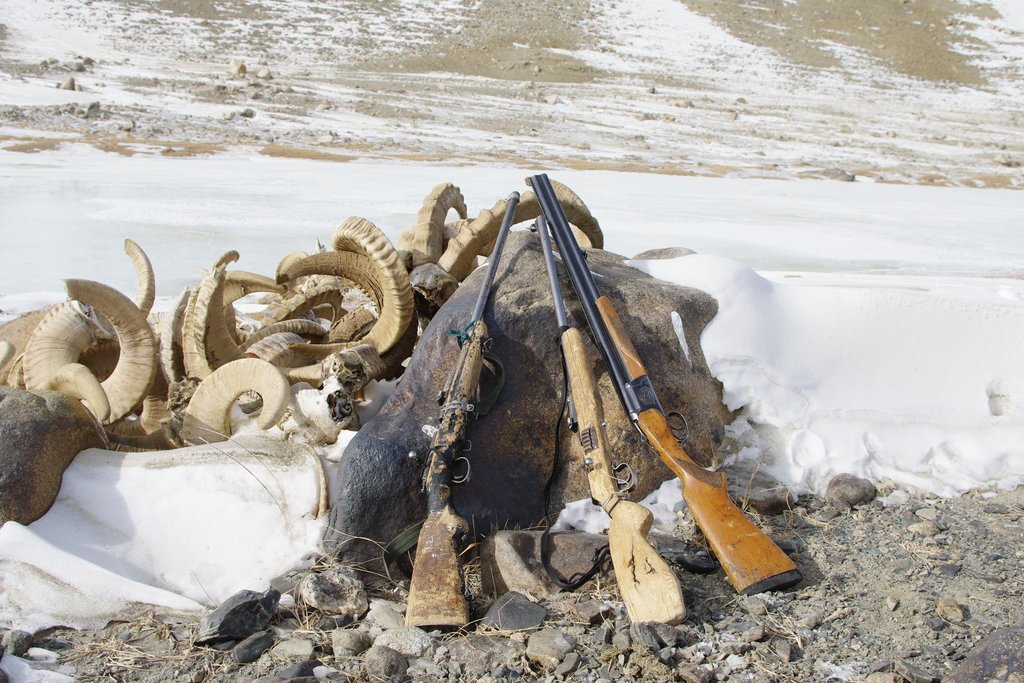Protection and sustainable of mountain ungulates [Таджикистан]
- Создание:
- Обновить:
- Составитель: Natalia Mityakova
- Редактор: –
- Рецензент: David Streiff
approaches_2678 - Таджикистан
Просмотреть разделы
Развернуть все Свернуть все1. Общая информация
1.2 Контактные данные специалистов и организаций, участвующих в описании и оценке Подхода
1.3 Условия, регламентирующие использование собранных ВОКАТ данных
Когда были собраны данные (на местах)?
01/04/2009
Составитель и ответственный/-ые специалист(-ы) согласны с условиями, регламентирующими использование собранных ВОКАТ данных:
Да
2. Описание Подхода УЗП
2.1 Краткое описание Подхода
The sustainable use of wild mountain ungulates by local peoplefor eco-tourism, hunting tourism and subsistence hunting stimulates the protection of the populations and habitats of these species thus providing an alternative and adapted land-use option contributing to climate resilience trough biodiversity conservation, avoidance of desertification and diversification of land-use.
2.2 Подробное описание Подхода
Подробное описание Подхода:
Aims / objectives: Protection and sustainable use of wild mountain ungulates (ibex, markhor, argali, urial) in Tajikistan.
Methods: Assignment of hunting grounds to organizations (private or non-commercial, non-governmental) established by local people. Protection of the animal populations against poaching, elaboration and implementation of management plans, population monitoring. Based on monitoring results issuing of permits for use of animals. Use of permitted quota for hunting tourism and subsistence hunting. Additionally eco-tourism (non-consumptive).
Role of stakeholders: Local people, in particular active and former hunters are the main actors. Collaboration witth state agencies in charge of nature protection and hunting and with scientific institutions as well as with touroperators is supported by the project.
Other important information: The approach has in fact been implemented already since the 1990s, without project support. With project assistance it is refined, more focussed on community involvement and sustainability of used wildlife populations.
2.3 Фотографии, иллюстрирующие Подход
2.5 Страна/ регион/ место, где применялся Подход
Страна:
Таджикистан
Административная единица (Район/Область):
Tajikistan/Khatlon and GBAO
Более точная привязка места:
Shuroabad, Darvaz, Rushan, Ishkashim, Murghab
Комментарии:
The approach is applied in several model areas supported by a German development aid project and in large privately managed game management areas of up to 2,000 km². Model areas of the project are of 20 to 500 km².
2.6 Даты начала и окончания реализации Подхода
Год начала реализации:
2008
2.7 Тип Подхода
- в рамках проекта/ программы
2.8 Каковы цели/ задачи Подхода
The Approach focused mainly on SLM with other activities (wildlife monitoring, involvement of local communities, sustainable hunting, trophy hunting, subsistence hunting, ecological tourism)
Populations of wild mountain ungulates are stable and in the range of the natural carrying capacity. Their sustainble non-consumptive and consumptive use supports local people and local rural development. The benefits from the sustainable use of mountain ungulates stimulates their protection and the protection of habitats, thus avoiding loss of biodiversity and land-degradation.
The SLM Approach addressed the following problems: Extirpation of wild mountain ungulates due to illegal and/or unregulated hunting and degradation of their habitats. This leads not only to loss of biodiversity but as well to the loss of land-use options. Well managed wild animals are less critical in terms of land degradation than livestock grazing.
2.9 Условия содействующие применению Технологии/ Технологий в рамках Подхода или затрудняющие его
Социальные/ культурные/ религиозные нормы и ценности
- затрудняют
Difficulties to collaborate within the communities, tendencies to purchase individual interests seperately.
Treatment through the SLM Approach: Group facilitation. Insisting in large management units, collectively managed.
Наличие/ доступность финансовых ресурсов и услуг
- затрудняют
Lack of immediate income from wildlife. Expectations of external payment for work as rangers.
Treatment through the SLM Approach: Support with initial investment into needed equipment. Support of eco-tourism and hunting tourism development providing at least initial income.
Институциональные условия
- затрудняют
So far no community could become wildlife manager. All initiatives are based on private organizations or NGO.
Treatment through the SLM Approach: Facilitation of linkages between wildlife managing organizsations and community institutions.
Нормативно-правовая база (землевладение, права на земле- и водопользование)
- затрудняют
Long delay in assigning responsibility and authority for managing hunting grounds to community based organizations. Hesitance to devolve power to local people. Some species cannot yet been legally used due to national and international legal restrictions.
Treatment through the SLM Approach: Facilitation, support to state agencies in charge to develop adequate contracts. Support to improvement of national legal framework. Information of relevant international organizations and foreign decision makers on the impact of existing regulations.
Осведомленность в области УЗП, доступность технической поддержки
- затрудняют
Population estimates for mountain ungulates are technically difficult and assumptions necessary to be fulfilled for estimates based on limited samples rarely fulfilled.
Treatment through the SLM Approach: Instead of population estimates index surveys providing minimum numbers are conducted and the methods are refined. The results of these index surveys are used for a careful and conservative suggestion of quota for sustainable use.
3. Участие и распределение ролей заинтересованных сторон
3.1 Заинтересованные стороны, участвующие в реализации Подхода и их роли
- местные землепользователи/ местные сообщества
Local users are the main actors in the model areas. They are supported by the project staff
Women are usually not much interested in hunting related issues. But they are intensively involved in tourism related activities.
In the community based NGO participate socially and economically disadvantaged groups. In particular the people living in remote mountain villages with limited income opportunities.
- общественные организации
International NGO gives technical advise
National NGO is project implementer.
- частный сектор
Private conservancies and hunting concessions
- государственные власти (отвечающие за планирование или принятие решений)
Involvement of experts of relevant agencies. Close cooperation on all issues.
- международные организации
Financial support and inclusion in GIZ's regional programme on sustainable use of nature resources in Central Asia.
3.2 Участие местных землепользователей/ местных сообществ на разных стадиях реализации Подхода
| Участие местных землепользователей/ местных сообществ | Перечислите участников и опишите их вовлеченность | |
|---|---|---|
| инициирование/ мотивация | самоорганизация | |
| планирование | внешняя поддержка | |
| выполнение | интерактивное | |
| мониторинг/ оценка | внешняя поддержка | |
| Research | интерактивное |
3.4 Принятие решений по выбору Технологии/ Технологий УЗП
Укажите, кто принимал решение по выбору применяемой Технологии/ Технологий:
- в основном землепользователи при поддержке специалистов по УЗП
Поясните:
Decisions were made in the frame of the project in workshops of interested community members involved in use of wildlife. Facilitation by the project's experts.
Decisions on the method of implementing the SLM Technology were made by mainly by land users supported by SLM specialists. All work is discussed in the local groups with support by the project's experts.
Ссылки и модули
Развернуть все Свернуть всеСсылки
Нет ссылок
Модули
Нет модулей



